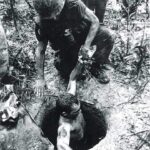
The Army faced two different threats in the Vietnam War, preventing it from focusing on exceptional performance in either conventional or unconventional warfare. The conventional forces of the North Vietnamese Army demanded respect from the U.S. Army. At the same time, the unconventional insurgency of the National Liberation Front of South Vietnam (known as the Viet Cong) presented a very real threat to Soldiers throughout the conflict. Tunnels were particularly useful in the insurgency and a series of tunnel networks provided the Viet Cong with manufacturing, resupply, and planning space within easy striking distance of their targets. Few Soldiers could fit into the tunnels and follow the guerillas into their lairs. While ordinary Soldiers occasionally went into the tunnels the Army recognized the need for a select group of experts to solve this unique problem. Aside from helicopter pilots and Long Range Reconnaissance Patrols, few conventional (non-special operations) Soldiers would place themselves so consistently in danger in Vietnam. These Soldiers were the “tunnel rats”: volunteer specialists who ventured into the labyrinth knowing that every step in the dark could be their last.
The Tunnel Rat and His Gear
The Army initially had trouble figuring out how to deal with the tunnels. Bombing was ineffective: even 750-pound bombs landing 50 yards away from a tunnel entrance had no effect on either the tunnel or the entrance. Attempts to “smoke out” Viet Cong with tear gas or smoke grenades failed in the larger networks. Dogs sent down could not avoid any booby traps. The average Soldier sent down to explore an entrance usually failed to recognize the connection of surface tunnels to deeper networks. While hasty clearance often fell to the smallest Soldier in an infantry squad or platoon, asking them to go into deeper tunnels was generally counter-productive. Many casualties among these untrained Soldiers came from accidents in the tunnels instead of enemy action. Capt. Herbert Thornton, a chemical corps officer with the 1st Infantry Division responsible for contaminating the tunnels with chemical agents, created specialized teams to enter, clear, and exploit the tunnels in 1966. Deliberate tunnel clearance fell to this group of volunteer infantryman, engineers, and chemical weapons experts.
The tunnel rats were an eclectic group selected for unique characteristics. Most were short (most less than 5 feet 5 inches) with a slight, wiry build. The job also required a special kind of mental toughness: crawling for hours in claustrophobic darkness expecting mortal danger could break down even the bravest men. The job also demanded lightning-quick reflexes and no hesitation: confrontations with venomous snakes or Viet Cong often occurred at hand-to-hand range. Thornton knew a tunnel rat “had to have an inquisitive mind, a lot of guts, and a lot of real moxie in knowing what to touch and what not to touch to stay alive—because you could blow yourself out of there in a heartbeat.” Many tunnel rats avoided the vices common to their fellow Soldiers: drinking, smoking, candy, and chewing gum could dull their sense of smell and give away their position. Instead, they trained themselves and others to survive underground.
Some Soldiers took to the work with gusto: Staff Sgt. Pedro Rejo-Ruiz, a wiry Cuban immigrant who became known as “the human probe,” and Sgt. Robert “Batman” Batten volunteered to serve two extra tours with the tunnel rats. Batten joined Cpt. Thornton on the Viet Cong’s top ten most wanted list (only below top generals) because of how effective Batten and Thornton’s tunnel rats became. Rejo-Ruiz had been fighting his entire life; as a teenager in the early days of Fidel Castro’s Cuba he routinely harassed the communist troops with gunfire. After his family fled to the United States, he joined the Army to continue to fight against what he saw as an encroaching threat. Rejo-Ruiz had been defying death as a mine detector in the 1st Infantry Division before offering his services to the tunnel rats. He became obsessed with the challenges and theory of tunnel warfare and went down tunnels known to have guerillas hiding in them, particularly when another tunnel rat had been wounded while clearing. After becoming a naturalized citizen while recovering from injuries sustained in combat, he immediately returned to the tunnels and was one of the few rats to survive the deadly game of cat and mouse.


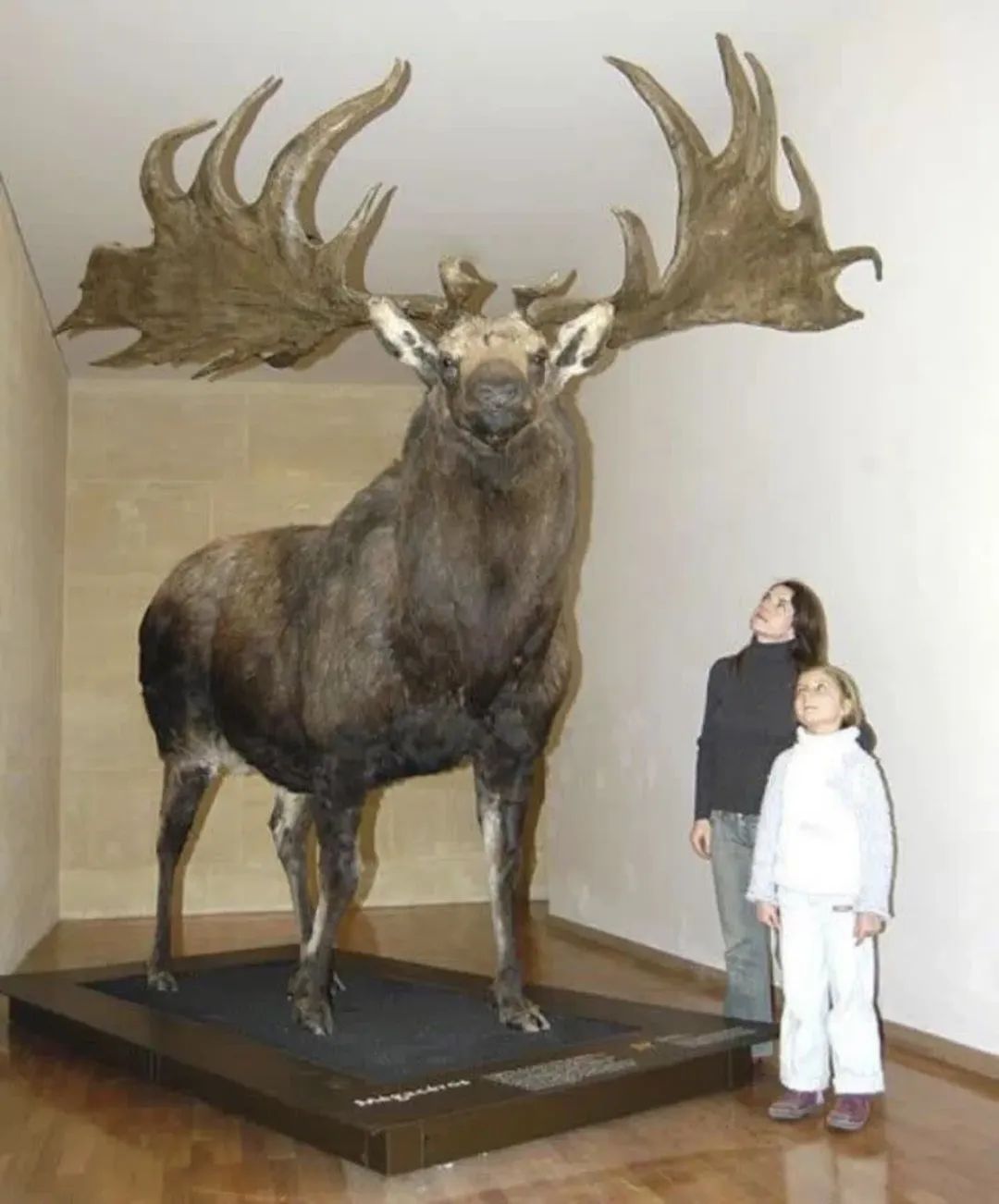
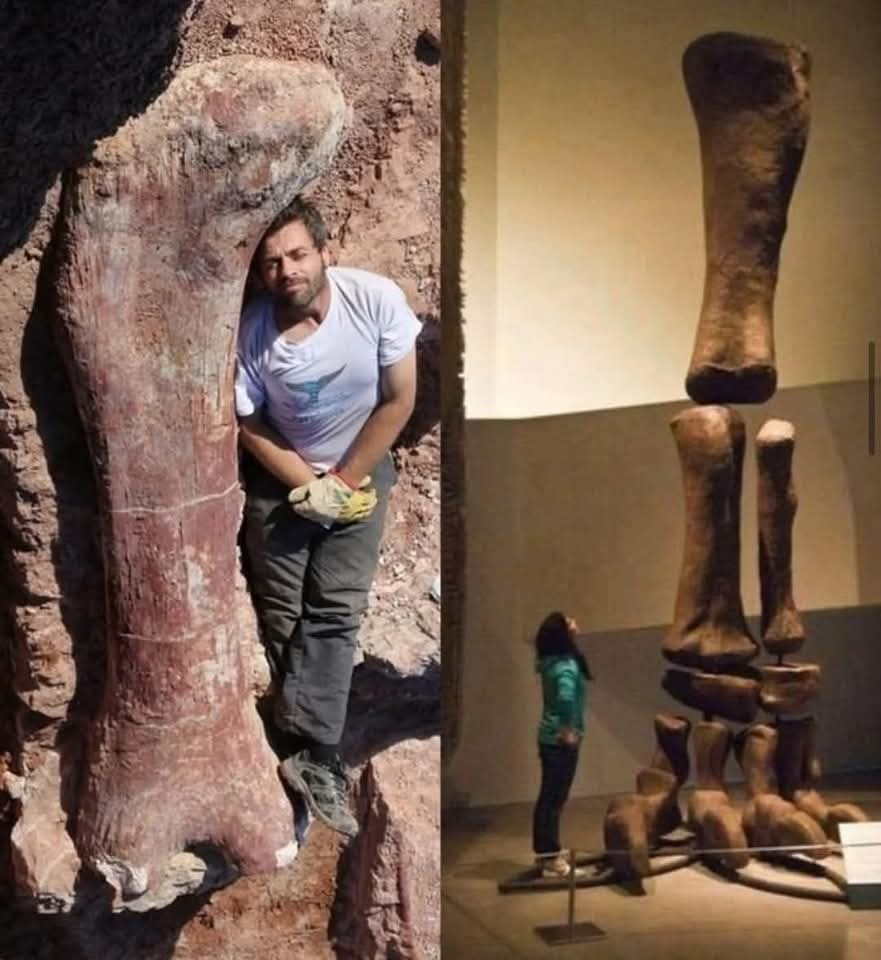


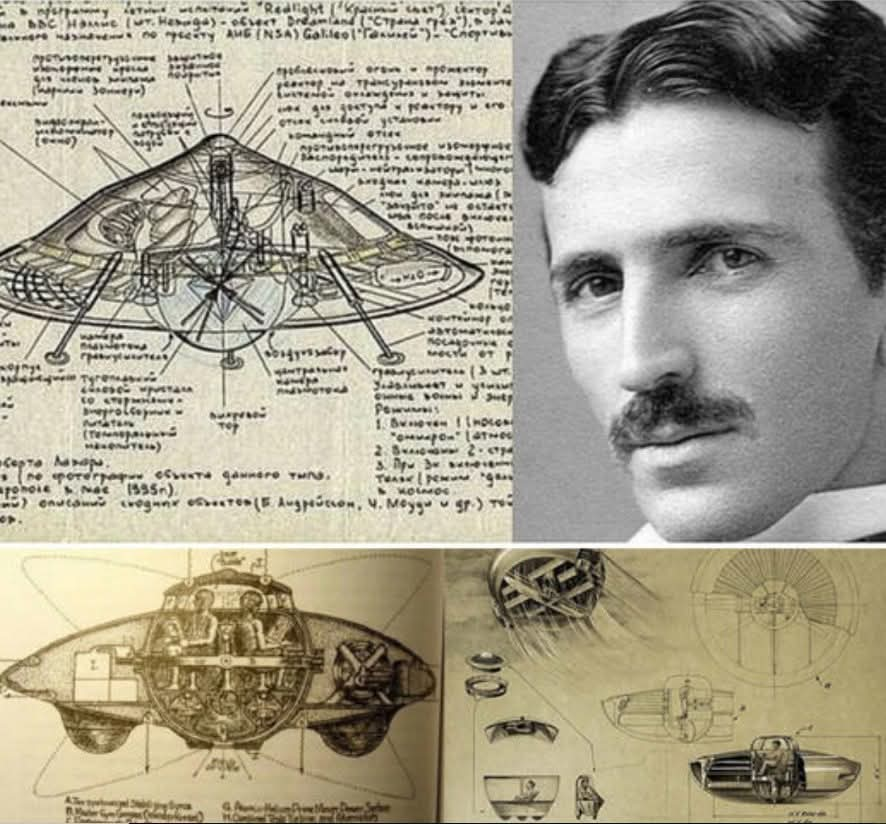
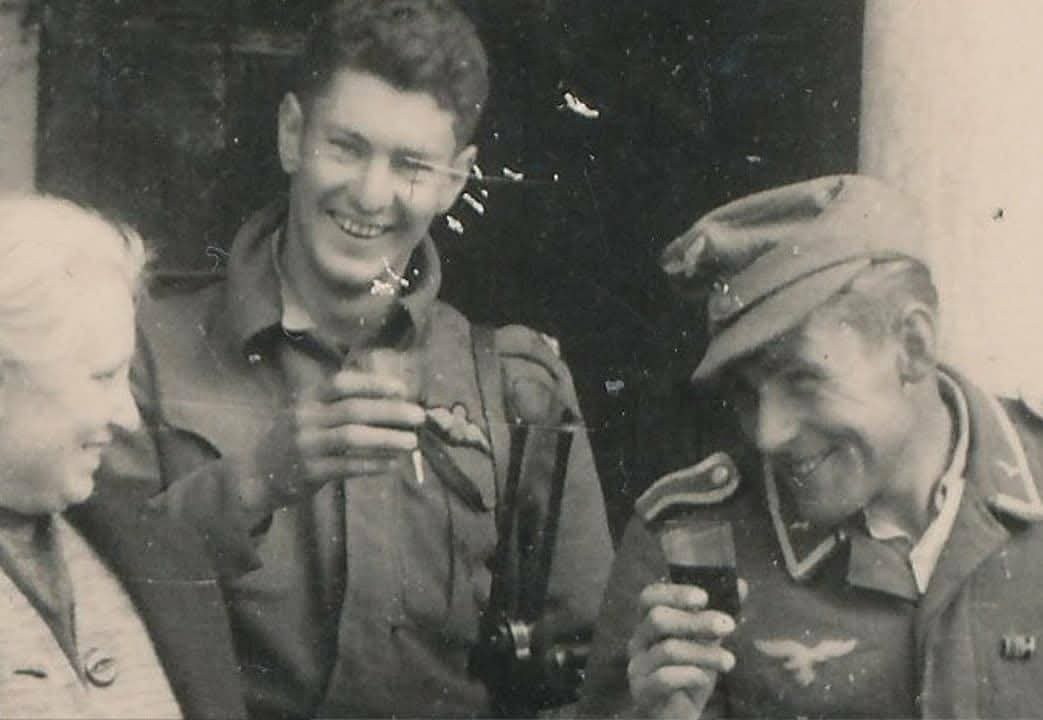
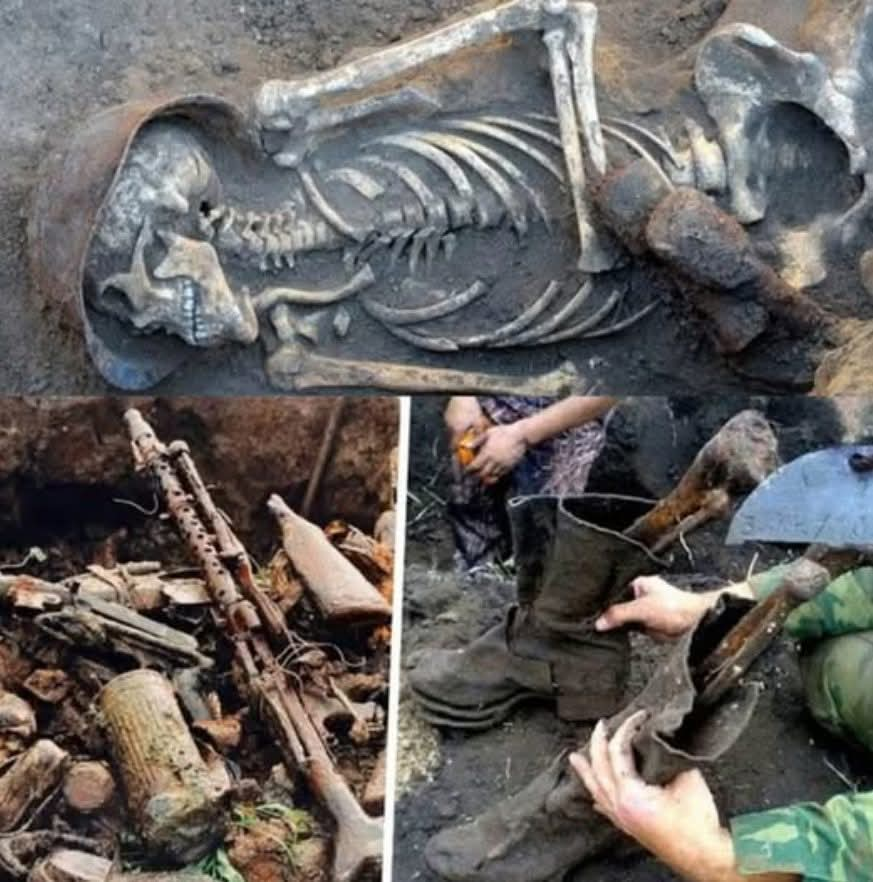

Leave a Reply